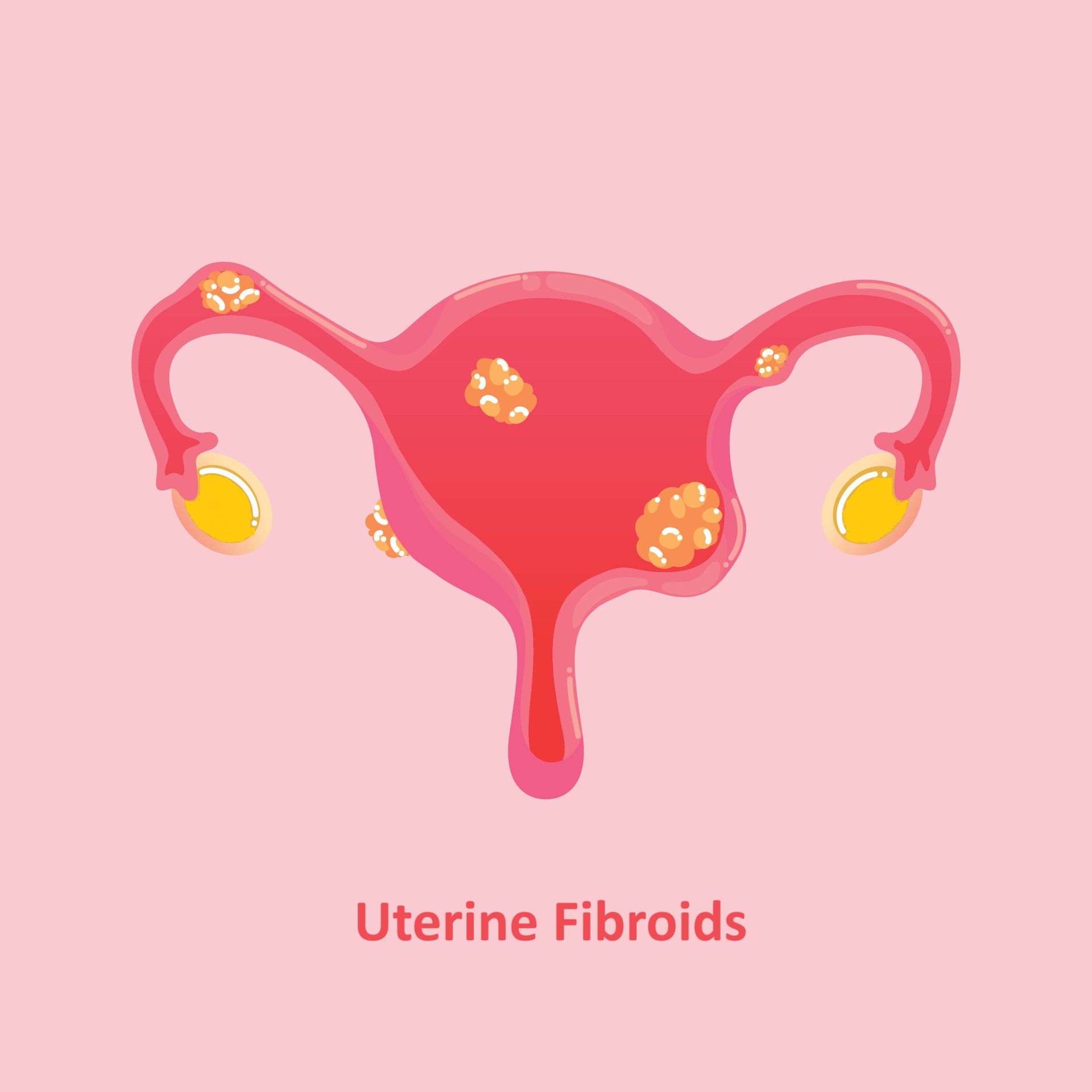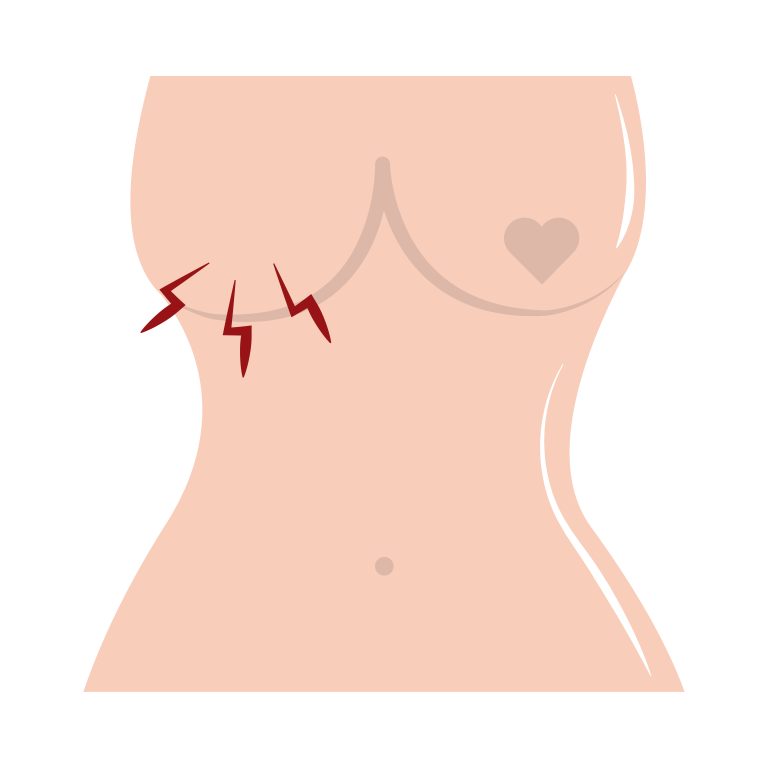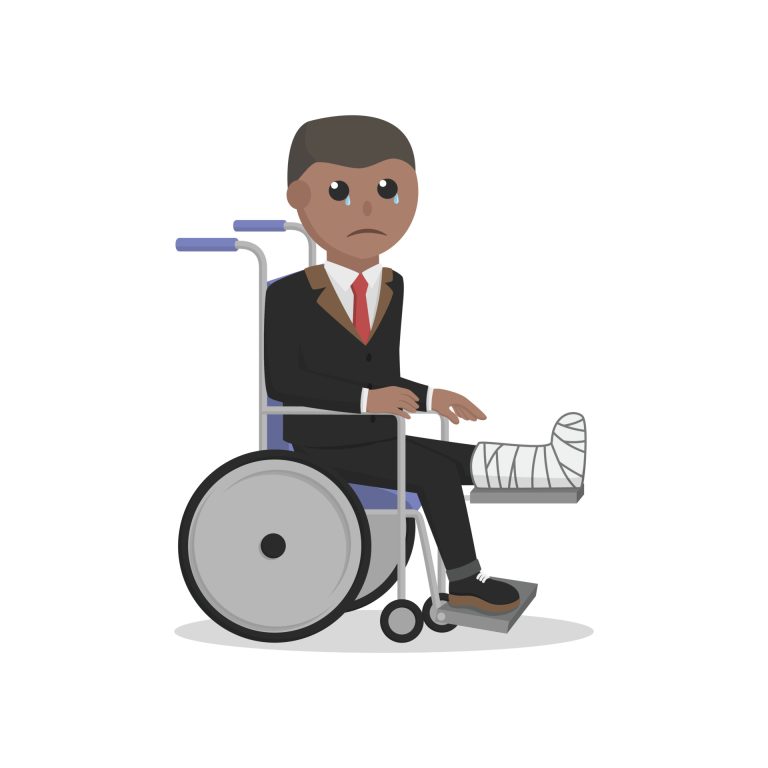Uterine fibroids, also known as leiomyomas or myomas, are noncancerous growths of the uterus that often appear during childbearing years. There are several types of uterine fibroids classified based on their location within the uterus:
Types of Uterine Fibroids
Intramural Fibroids
These are the most common fibroids and develop within the muscular wall of the uterus (the myometrium). They can cause the uterus to enlarge and may lead to symptoms such as heavy menstrual bleeding, pelvic pain, and pressure.
Subserosal Fibroids
Subserosal fibroids grow on the outer surface of the uterus, pushing outward. They may cause pelvic and back pain if they press on nearby nerves. They may also lead to urinary or bowel issues if they press on the bladder or intestines.
Submucosal Fibroids
These fibroids develop just beneath the inner lining of the uterus (the endometrium) and can protrude into the uterine cavity. They are more likely to cause symptoms such as heavy menstrual bleeding, prolonged menstrual periods, and infertility. Submucosal fibroids may also lead to miscarriages or difficulty conceiving.
It’s important to note that many women with uterine fibroids may not experience any symptoms, and fibroids are often discovered incidentally during a pelvic exam or imaging test. Treatment options for uterine fibroids depend on factors such as the size, location, and severity of symptoms, as well as the woman’s age and desire for future fertility.




